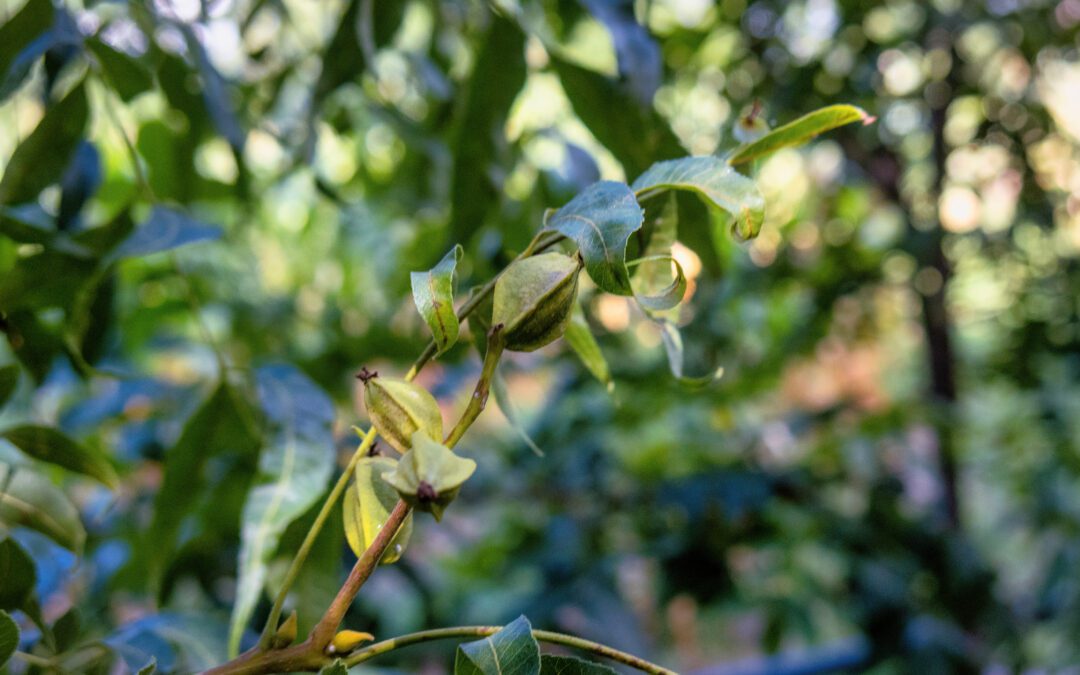Pecans are not just a delicious snack or pie ingredient; they represent a blend of history and modern agriculture, especially in the heart of the southern U.S. and most notably in Georgia. Georgia’s pecan growing practices have evolved over time, aiming at sustainable and quality produce. As we dive into the world of pecans, we will unravel their journey from the tree to our tables.
Pecan Cultivation
The journey starts with selecting the right variety of pecan tree. Georgia is home to several varieties that thrive in its soil and climate. The choice of variety is pivotal for pecan growing, determining the nut’s size, flavor, and yield.
Once the variety is selected, planting and care play a significant role in determining the tree’s productivity. Pecans prefer deep, well-draining soil, and the trees need adequate spacing to grow and flourish. Over the years, the annual maintenance of pruning, watering, and replenishing soil nutrients ensures the trees bear fruit consistently.
However, like all crops, pecan trees face threats. Common pests and diseases can affect their yield, but modern pecan growing techniques in Georgia ensure that these trees are well protected and nurtured to produce quality nuts.
Pecan Harvesting
Knowing the right time to harvest is crucial as harvesting season might vary slightly based on the weather, variety, and region. But generally, when the outer shell begins to split, revealing the nut inside, it signals the start of the pecan harvesting process.
Pecan harvesting has seen a blend of traditional and modern methods over the years. While some farms might still employ manual methods, technology has streamlined the process, ensuring the nuts are harvested with minimal damage. Once harvested, the pecans undergo post-harvest treatment. This phase involves cleaning, where husks and other debris are removed, and drying, ensuring the nuts have the right moisture content to be processed or stored.
Processing and Consumption
The next step is transforming these in-shell pecans to the shelled delights we often consume. Machines have made the shelling process efficient, preserving the nut’s integrity. After shelling, the pecans are graded based on size, color, and quality. This grading is essential as it determines the market value of the pecans and their potential uses.
While pecans are popular in their natural state, they’ve found their way into various recipes. Traditional southern pecan pies are a testament to the nut’s versatility and taste. But, as the culinary world has expanded, so have the applications of this nut. Pecans now feature in various modern dishes, from salads to roasted snacks, representing both their taste and nutritional value.
Learn More From the Experts at Georgia Pecan Trees
The journey of pecans, from tree to table, is a fascinating blend of nature and human intervention. Pecan growing and pecan harvesting are art forms that have been perfected over the years, especially in regions like Georgia. So, the next time you bite into a pecan or enjoy a dish with this nut, take a moment to appreciate the effort and processes that bring this treat to your plate.
If you’re interested in delving deeper into the world of pecans or perhaps starting your pecan growing journey, Georgia Pecan Trees is your ideal starting point.

